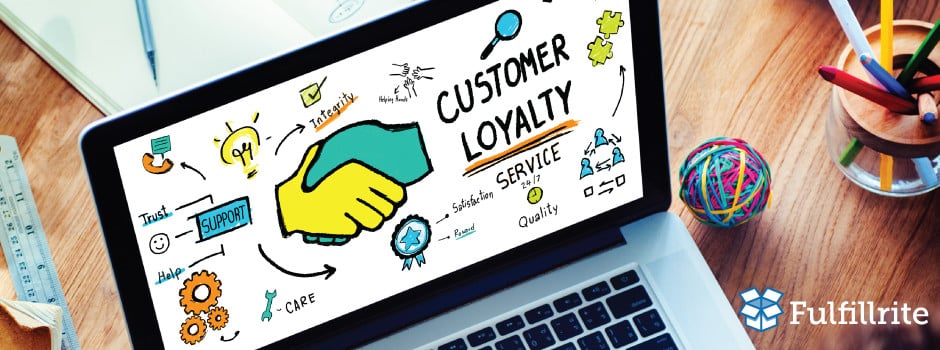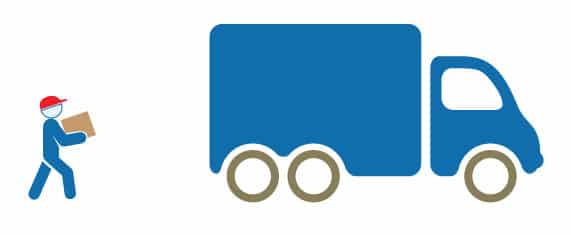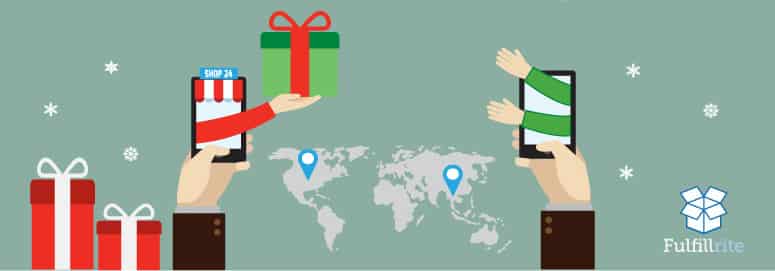Loyalty Programs in eCommerce
It’s not easy bringing in a new customer – and keeping them engaged and coming back is key to growing your business. Reports show that a returning customer spends an average of 67% more than a new one. But how can you leverage newcomers into repeat customers?
It goes without saying that first and foremost is providing an exceptional customer experience. Great site design and UX, compelling copy, unique products and easy checkout should all be in place. What’s next? Many retailers look to reward their customers with a loyalty program.
Most of us are enrolled in one customer loyalty program or another – you know, like those little key fobs you swipe at the grocery store or phone number you give to a cashier at the department store so she can look you up and activate your discount. A 2015 study shows that Americans now hold a whopping 3.3 billion memberships in loyalty programs, a 26% increase since 2013.
Loyalty programs have traditionally been a brick and mortar (and airline!) staple, but are now gaining popularity and success in eCommerce. They help to develop relationships with customers, a way of saying, “Thank you, we appreciate your choosing us,” while at the same time providing value. The most common models of loyalty programs are Transactional/Spend-based and Emotional. Both have their benefits and limitations.
Transactional Loyalty
Transactional loyalty is based on spend, encouraging customers to “Spend $XX, get this thing,” or “Gain points or every dollar spent and earn rewards which can be used for XX.” Reaching the benefit level can bump up sales as a customer adds more to their carts or comes back to the site more often to achieve their rewards. Other options would be to offer coupons, rebates, free shipping or other similar transactional-based rewards.
This model can and does work, even becoming a game of sorts as customers try to hit that level or gain enough points to receive their free rewards. However, where does it lead? Retailers may find themselves in an endless loop of giving away free product or discounts with no real loyalty other than the challenge presented in reaching the next tier.
Emotional Loyalty
Emotional loyalty can build even h3er relationships which, in the long run are more valuable, by not only rewarding customers for loyalty, but by encouraging them to become your brand ambassadors. When a customer connects and engages on behalf of your brand, they are becoming an advocate. Sharing their affinity amongst friends and family promotes social proof, a sense of “If they love it, it must be worth looking into.”
The rise of social media has opened up a new and inexpensive channel for emotional loyalty via social sharing – “Share this for free shipping!”, “Refer a friend with this code and receive 20% off your next purchase!” which not only engage but also boost your brand’s presence on social networks.
If you decide to try out a program, there are a variety of customer loyalty apps that are easily integrated into your shopping cart platform. Most are very flexible on price as well as giving you the ability to tailor a program to fit your needs.
At the end of the day, it’s all about customer experience and keeping them happy – providing your customers with extra value can not only make them happy, but keep them coming back.
You’ve done everything by the book. Your Kickstarter campaign is almost ready to launch.
You made a great product. Built an audience. Set up a campaign page.
But how do you ship it?
We put this checklist together to help you get started. It's free.





